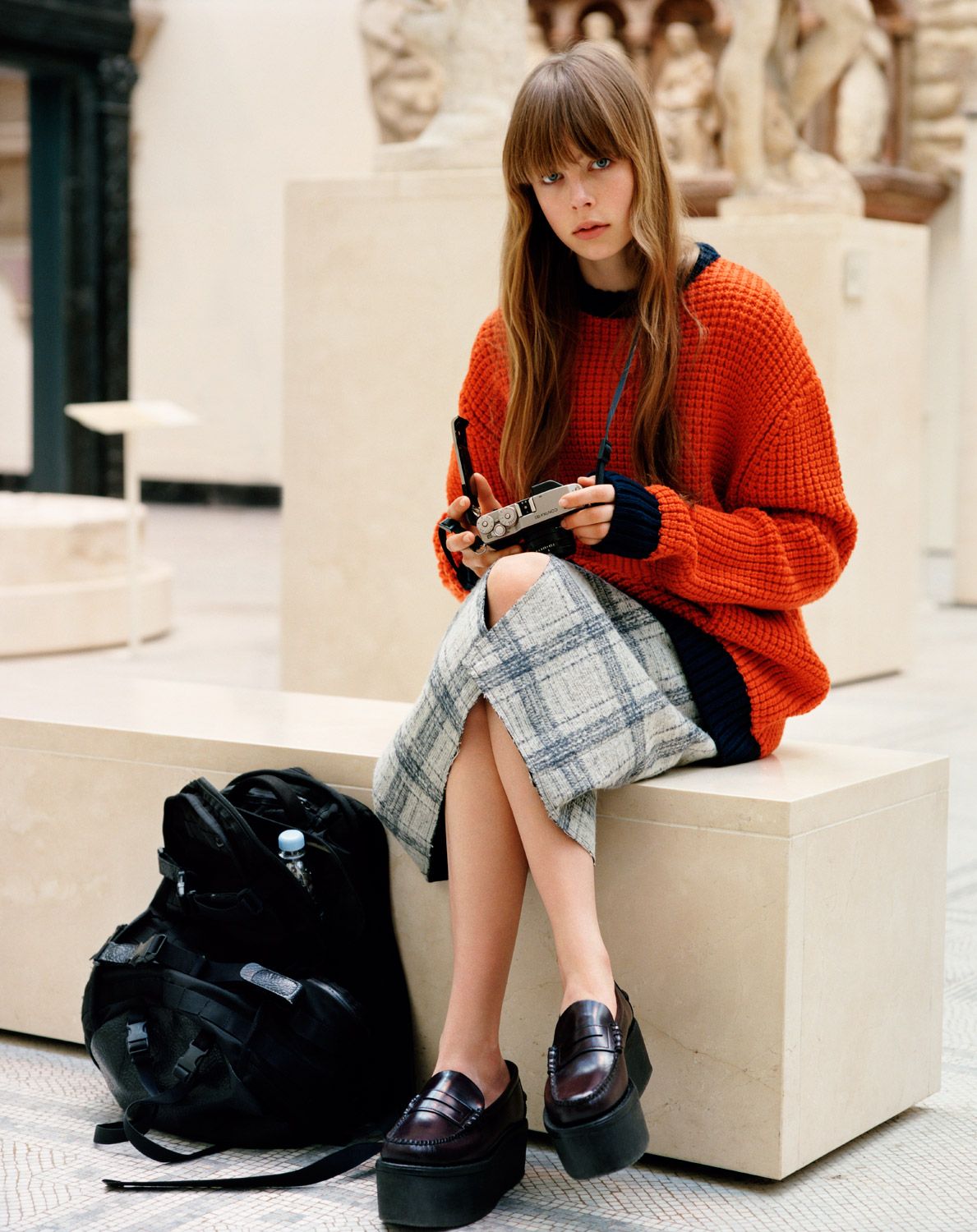“No Such Thing as History” at Espace Louis Vuitton in Munich
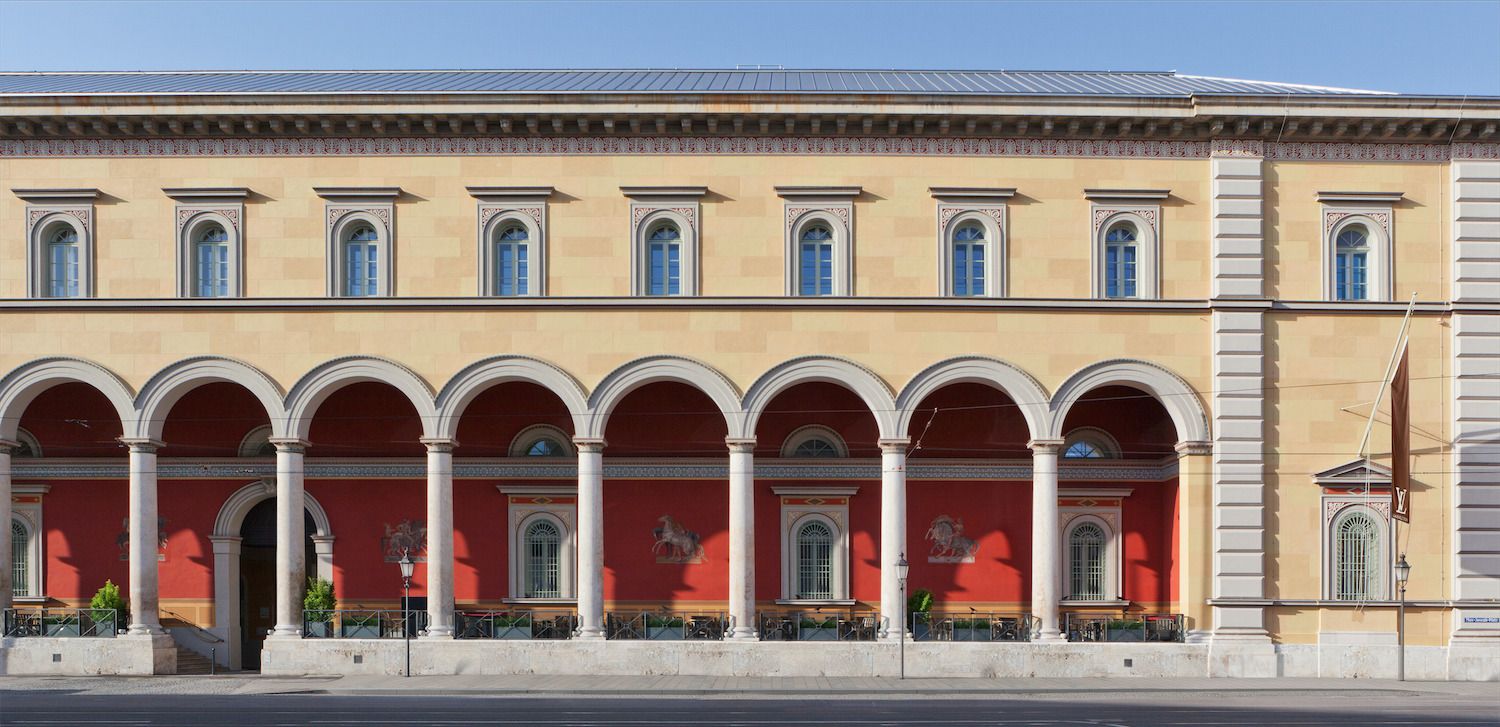
ESPACE LOUIS VUITTON is the brand’s global cluster of art galleries located adjacent to its retail Maisons. This weekend the latest Espace opens in Munich in the historic Residenzpost complex, the former royal palace of Bavarian monarchs where Louis Vuitton also houses its three-story flagship store, adding to its similar locations in Paris, Tokyo, Venice, and Singapore. The inaugural exhibition, titled “NO SUCH THING AS HISTORY: Four Collections and One Artist,” is curated by Jens Hoffmann and explores how history is created, represented, and manipulated. The show includes works from local collections: ICC, Lorenz/Amandine Cornette de Saint Cyr, Mackert, and Wiese. “While all Espaces follow a shared global vision, they are tightly intertwined with their local context,” explained Michael Burke, Chairman and CEO of Louis Vuitton, of the addition. “With our inaugural exhibition in Munich, we would like to honour the passion, dedication and long-term encouragement of local collectors.”
“No Such Thing as History” also includes newly commissioned photographs by Berlin-based artist Annette Kelm. Inspired by activist, sociologist, and actress Hannelore Mabry—who resided in Munich from 1966 until her death in 2013, and was a key figure in the German feminist movement—Kelm has photographed a series of Körperüberhänge, or body robes, which Mabry and other activists wore during demonstrations, made out of bed sheets and painted to spell out political slogans. Instead of revising history, or updating it, the exhibition proposes eccentric, perhaps even slapdash, aesthetic methods of embracing our ignorance of the past. This week in the Bavarian capital, 032c corresponded with Hoffmann, who is also deputy director of the Jewish Museum in New York and senior adjunct curator at the Museum of Contemporary Art in Detroit.
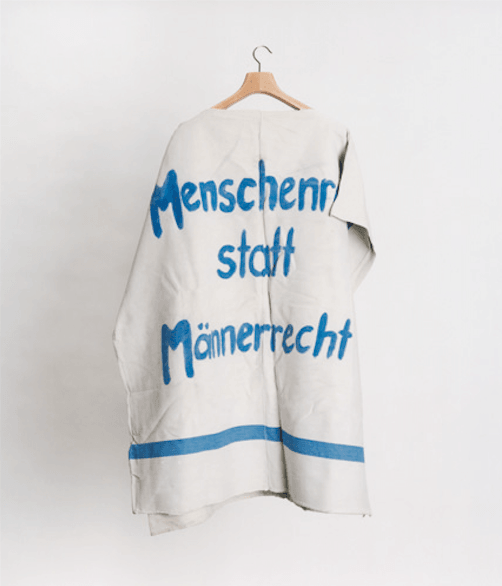
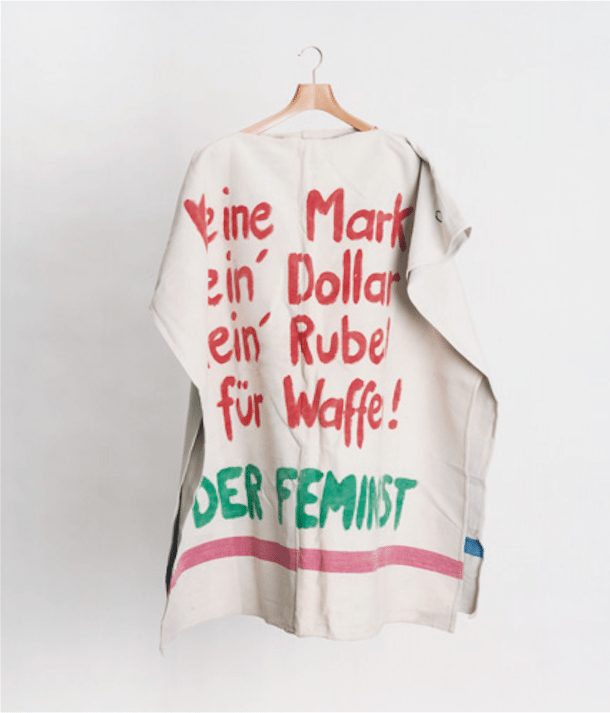
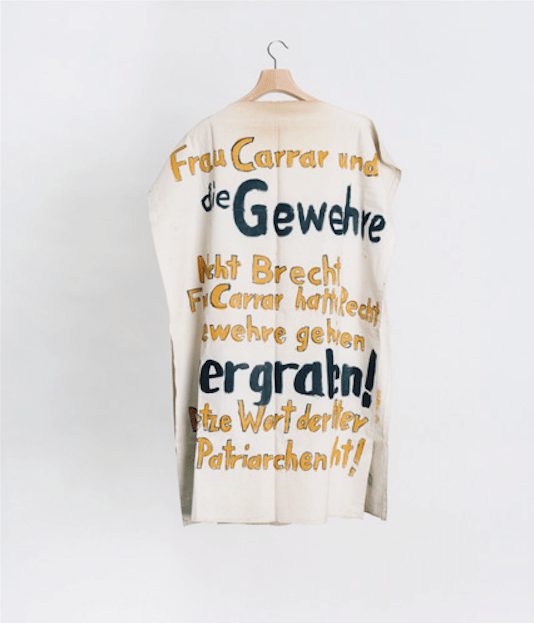
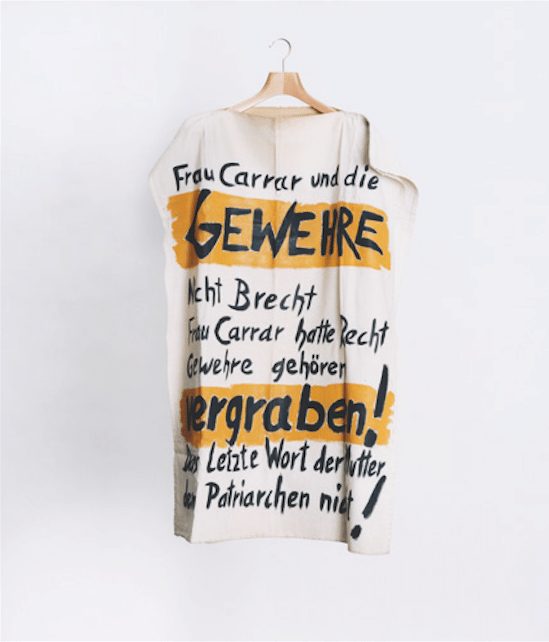
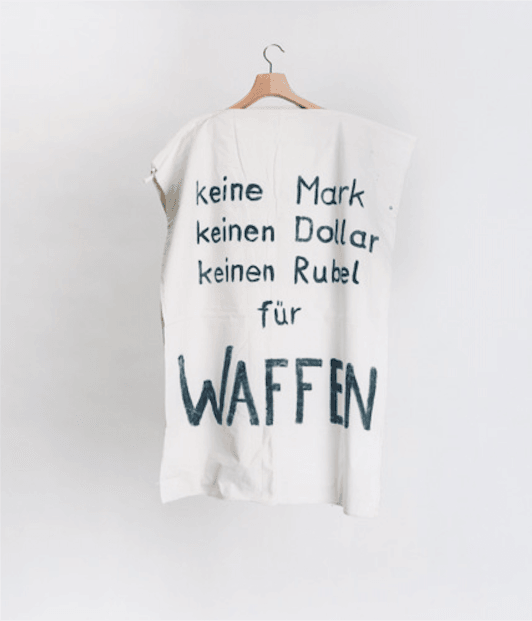
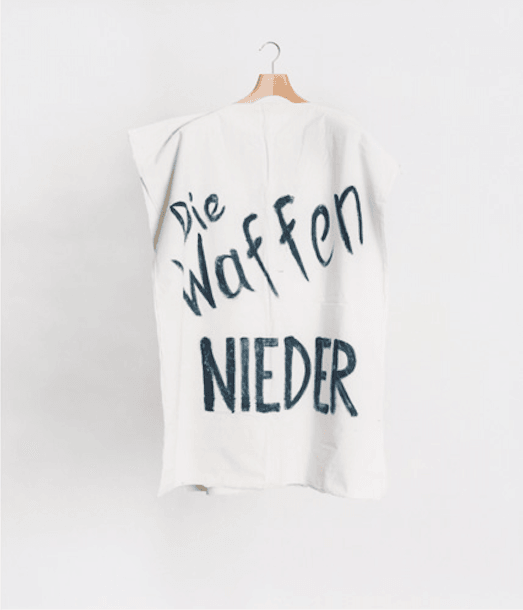
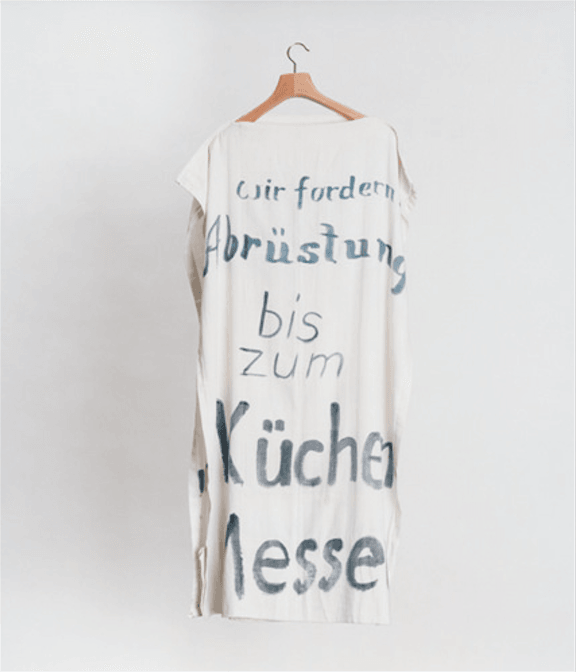
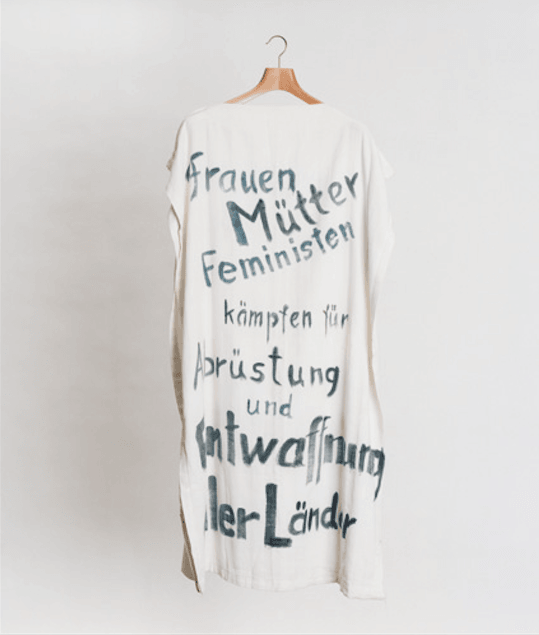
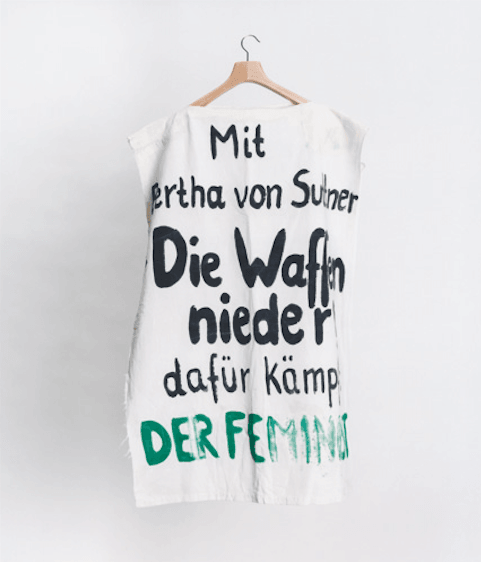
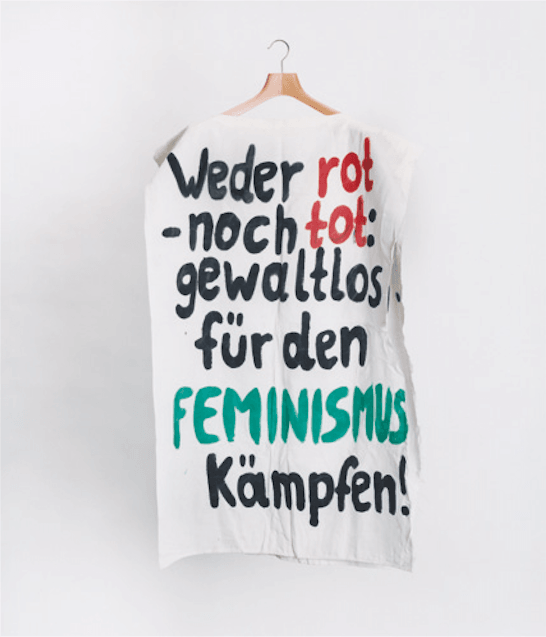
You’re working with four collections, new works by Annette Kelm, and Louis Vuitton on the inauguration of the space in Munich. What challenges are there working with so many different parties on one exhibition that’s contained in one space?
JENS HOFFMANN: I think of challenges always as opportunities, problem solving is a creative undertaking. If one has so many parties involved it is best to come up with one larger vision and talk to everyone about it, get everyone on board and excited. It is not only the collectors, the artists, and the organization that need to be taken into consideration for me. It is also the actual space that dictates a lot about how a show will look, feel, be conceptualized, as well as what one wants to transmit to the audience in terms of the experience of the exhibition. So the question of audience is very important as well.
Collection exhibitions are becoming more and more popular, and perhaps more relevant, too. In the past they’ve usually been ensconced in larger collections of public institutions, and now they seem to be taking the spotlight more. How do you see this turn in presenting private collections almost like you would an artist’s work?
I like the idea of presenting private collections very much. Good collectors have their own curatorial ideas and visions and sometimes they can be very unconventional and personal, very subjective. There is too much of the same out there in terms of what museums collect so an eccentric and very personal private collection can be refreshing.
The presentation of art collections, let alone 4 of them, implies history, yet you make the fantastic statement that history is fiction, or radical speculation. How are you exploring our understanding of history in this exhibition? How does one negotiate between over simplification and hyperbole? In the same way a novelist might?
I would not claim that the exhibition is about history or how we should look differently at history. If anything it is a suggestion that history is not a linear narrative and that there are lots of gaps in history that we do not know anything about. Instead of filling those gaps with speculations it is fine to let them just be gaps, even if that makes finding a sense of self difficult. This show is primarily an exhibition of works from four collections and the idea of “no such thing as history” is the line that connects all the works and also brings in Kelm’s photos, which deal with the representation of history in a cultural history museum.
In her conversation with Isabelle Graw, Annette Kelm says, “Points of contact between artistic and political aesthetics exist today just as they did then, but they’re not quite so visible because the codes no longer function as explicitly.” In a time when institutions are increasingly happy to commission critical references to themselves, what is the relationship between art and politics today?
I don’t think one can generalize what that relationship is as each individual artist might give you a very different answer. We’re clearly not in an era in which art is at the forefront of proposing significant political change and I am not even sure that art should do that. This question would require a really long answer and I fear we might not have the space for it here. It is a question I have thought a lot about as I am a very political person.
